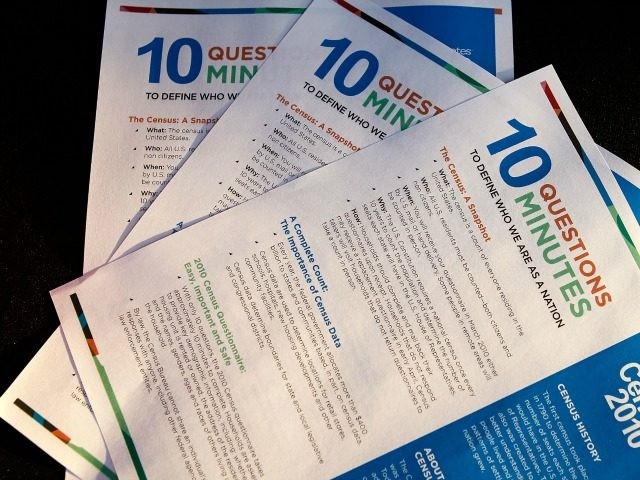Arabic is the fastest growing language in the United States. With steadily people speaking Arabic at home, the U.S. Census Bureau is considering implementing Arabic-translated census questionnaires by 2020, according to the Pew Research Center.
Pew reports that from 2010 to 2014 the number of people in the U.S. who speak Arabic at home grew by 29 percent and is on pace to continue growing. By comparison, the number of Spanish-speakers grew by six percent in that 2010-2014 timeframe. Arabic is currently the seventh largest non-English language spoken in the U.S.
The number of Arabic speakers in the U.S. has skyrocketed in conjunction with the increased immigration to the U.S. from the Middle East and North Africa. Pew notes that the growth in the U.S. Muslim population, which as of 2015 numbered about 3.3 million and was on pace to more than double by 2050, has also contributed to the rise in Arabic speakers.
Given the rapid rise in people who primarily speak Arabic, Pew reports that the Census Bureau is now researching what it will take to include an Arabic-translated census questionnaire for the 2020 Census. Additionally, the Census is looking at the possibility of adding a Middle East/North Africa category for race and ethnicity questions.
As Pew details the Census has already implemented strategies to tally residents who speak Arabic, including a language guide for the 2010 Census. In 2014 the Census counted 1.9 million residents with Arab ancestry, according to Pew.
“Among those who speak Arabic at home, 38% were not proficient in English – that is, they report speaking English less than ‘very well,’” Pew reports. “This is comparable to the rate of English proficiency among the 39.3 million U.S. residents who speak Spanish at home. Some 42% of this group does not speak English very well, according to census data.”
With the Census is considering ways to implement a new Arabic translated Census a recent study detailed a number of challenges including words that might not translate, American spelling of Arabic names, alignment issues (Arabic is read from right to left), and cultural differences in understanding.
“Even if the questions are translated accurately, the visual elements of the survey may not necessarily transmit the same meaning as in English,” Pew reports. “For example, symbols such as an “X” to mark a response carry different connotations in different cultures.”

COMMENTS
Please let us know if you're having issues with commenting.